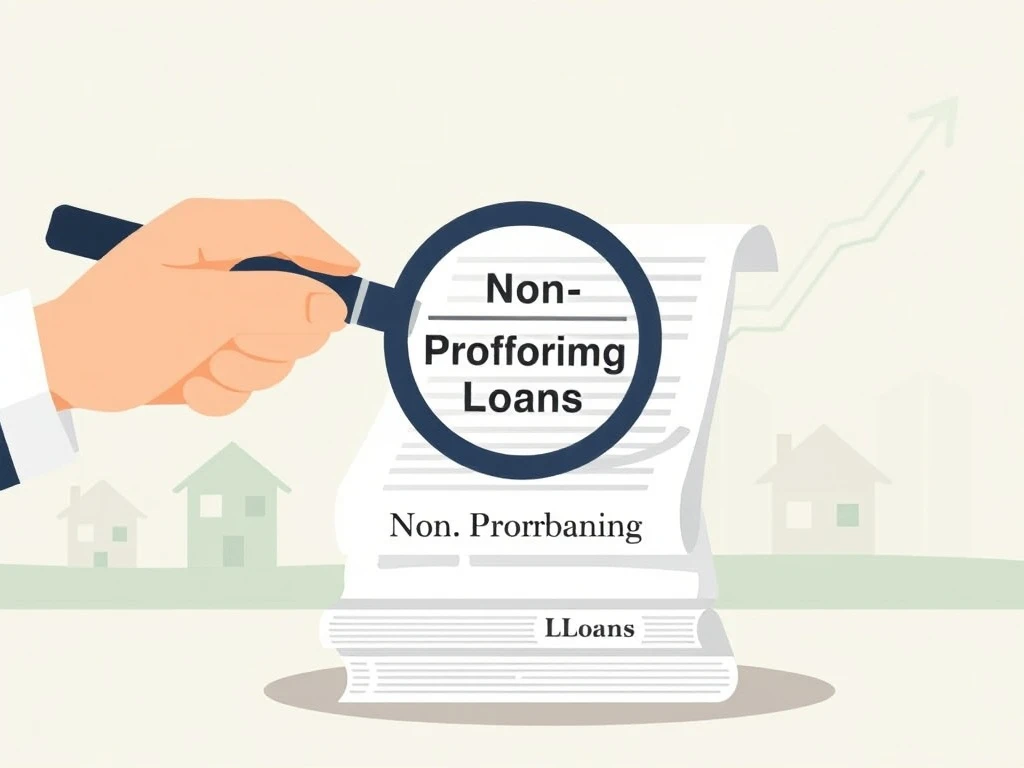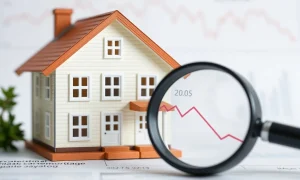For those navigating the intricate world of finance and real estate, understanding mechanisms that stabilize the housing market is crucial. The **Fannie Mae Non-Performing Loan Sale** represents one such vital mechanism. It effectively helps manage distressed assets. This latest transaction highlights Fannie Mae’s continuous efforts. They aim to reduce risk and support overall market health. Indeed, this sale underscores their commitment to a robust housing ecosystem.
Understanding the Fannie Mae Non-Performing Loan Sale
Fannie Mae recently announced the successful completion of its twenty-seventh **non-performing loan sale** transaction. This significant event involved a substantial portfolio. It included 1,304 deeply delinquent loans. Their total unpaid principal balance reached $285 million. Furthermore, the loans were carefully divided into two distinct pools. This strategic approach facilitates efficient asset management. It also attracts diverse bidders. The sale demonstrates Fannie Mae’s proactive approach to managing its portfolio and maintaining financial health.
Key Participants and Financial Details of the Loan Sale
The recent **Fannie Mae Non-Performing Loan Sale** saw specific entities emerge as winners. Residential Credit Opportunities Trust X-C secured Pool 1. This pool contains 332 loans. Their value stood at $73.1 million. Meanwhile, RCF II Loan Acquisition, LP acquired Pool 2. This larger pool comprises 972 loans. These loans were valued at $212 million. BofA Securities, Inc. acted as the advisor. They expertly marketed the transaction. The deal is set to officially close on September 19, 2025. These details underscore the scale and precision of the sale, reflecting strong market interest.
The loan pools displayed distinct characteristics:
- Pool 1: This pool featured 332 loans. Their aggregate unpaid principal balance (UPB) was $73,092,445. The average loan size was $220,158. It carried a weighted average note rate of 4.45%. Furthermore, its weighted average broker’s price opinion (BPO) loan-to-value ratio stood at 49%.
- Pool 2: This larger pool included 972 loans. Their aggregate UPB reached $211,965,249. The average loan size was $218,071. It had a weighted average note rate of 4.39%. Its weighted average BPO loan-to-value ratio was 50%.
The cover bid, representing the second highest bid for each pool, also showed robust competition. For Pool 1, the cover bid was 99.66% of UPB (48.51% of BPO). For Pool 2, it was 99.82% of UPB (50.16% of BPO). This strong bidding highlights the market’s confidence and demand for these assets.
Protecting Borrowers: Essential Requirements for Purchasers
A crucial aspect of the **Fannie Mae Non-Performing Loan Sale** involves stringent requirements for purchasers. Buyers must honor all existing loss mitigation efforts. These include loan modifications already approved or in process. Moreover, purchasers must offer a waterfall of loss mitigation options. This applies to delinquent borrowers. Such options include various loan modifications. They may even involve principal forgiveness. These steps must precede any foreclosure initiation. However, this rule does not apply to vacant or condemned properties. This policy ensures borrower protection. It aims to prevent unnecessary foreclosures, fostering responsible asset management.
Strategic Asset Management and Market Impact
Beyond borrower protection, the **Fannie Mae Non-Performing Loan Sale** also dictates post-foreclosure property disposition. If foreclosure becomes unavoidable, the loan owner has a clear directive. They must prioritize marketing the property. This marketing targets owner-occupants and non-profit organizations first. Only after this priority can properties be offered to investors. This mirrors Fannie Mae’s successful FirstLook® program. Consequently, this approach supports community stability. It also promotes affordable homeownership. It prevents properties from solely becoming investor assets. This sale, therefore, serves a dual purpose. It manages risk while supporting social good within the housing sector.
Broader Implications for Mortgage Finance
The regular execution of a **Fannie Mae Non-Performing Loan Sale** series reflects a proactive risk management strategy. By offloading deeply delinquent loans, Fannie Mae cleans its balance sheet. This action reduces potential future losses. It also frees up capital. This capital can then support new mortgage originations. Furthermore, these sales provide liquidity in the secondary market. They allow specialized investors to acquire and manage these challenging assets. This continuous process contributes to the overall health. It strengthens the resilience of the U.S. housing finance system. It builds trust among stakeholders. It also signals stability to the broader market.
In conclusion, Fannie Mae’s latest **non-performing loan sale** marks another successful step. It demonstrates a commitment to responsible asset management. It also shows dedication to borrower support. This transaction helps maintain a healthy housing market. It ensures stability for homeowners and investors alike. The transparent process and strict buyer requirements set a high standard. This benefits the entire financial ecosystem.
Frequently Asked Questions (FAQs)
What is the total value of Fannie Mae’s latest non-performing loan sale?
The latest **Fannie Mae Non-Performing Loan Sale** involves 1,304 deeply delinquent loans. These loans have a total unpaid principal balance of $285 million. They are divided into two distinct pools.
Who were the winning bidders for the two loan pools in this sale?
Residential Credit Opportunities Trust X-C won Pool 1. RCF II Loan Acquisition, LP secured Pool 2. These entities were the successful bidders in the **Fannie Mae Non-Performing Loan Sale**.
What are the key obligations for purchasers of these non-performing loans?
Purchasers must honor existing loss mitigation efforts. They must also offer a range of options to delinquent borrowers. These options include loan modifications and potential principal forgiveness. Furthermore, they must prioritize marketing foreclosed properties to owner-occupants and non-profits before investors.
When is the closing date for this transaction?
The transaction for this **Fannie Mae Non-Performing Loan Sale** is expected to officially close on September 19, 2025.
How does Fannie Mae’s NPL sale benefit the housing market?
This **Fannie Mae Non-Performing Loan Sale** benefits the housing market by reducing Fannie Mae’s risk exposure. It also promotes responsible asset management. Additionally, it helps stabilize the housing finance system. It ensures continued support for homeowners and provides liquidity to the market.
























